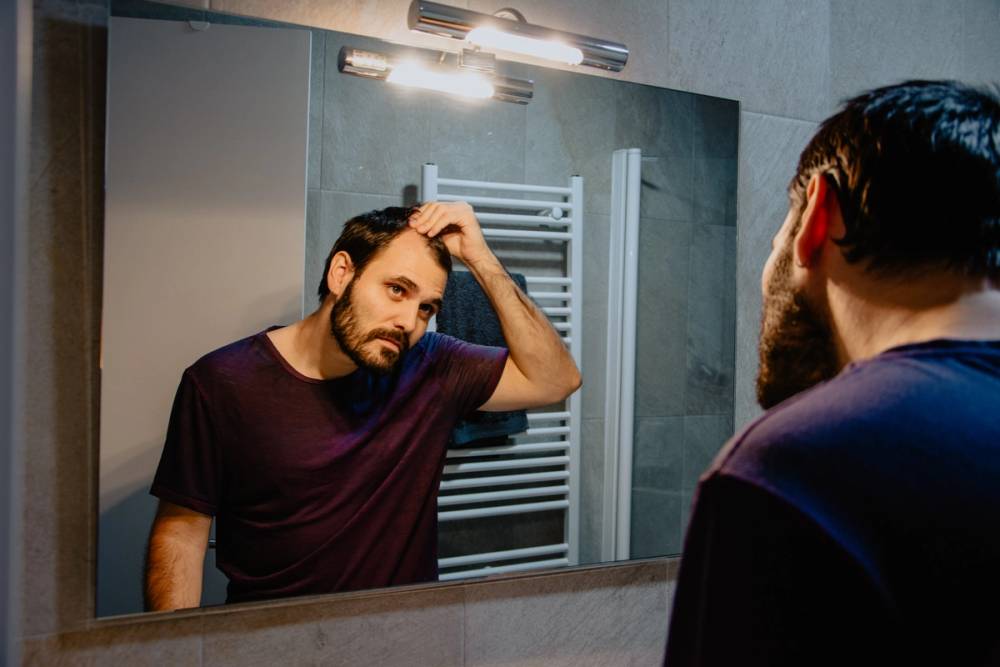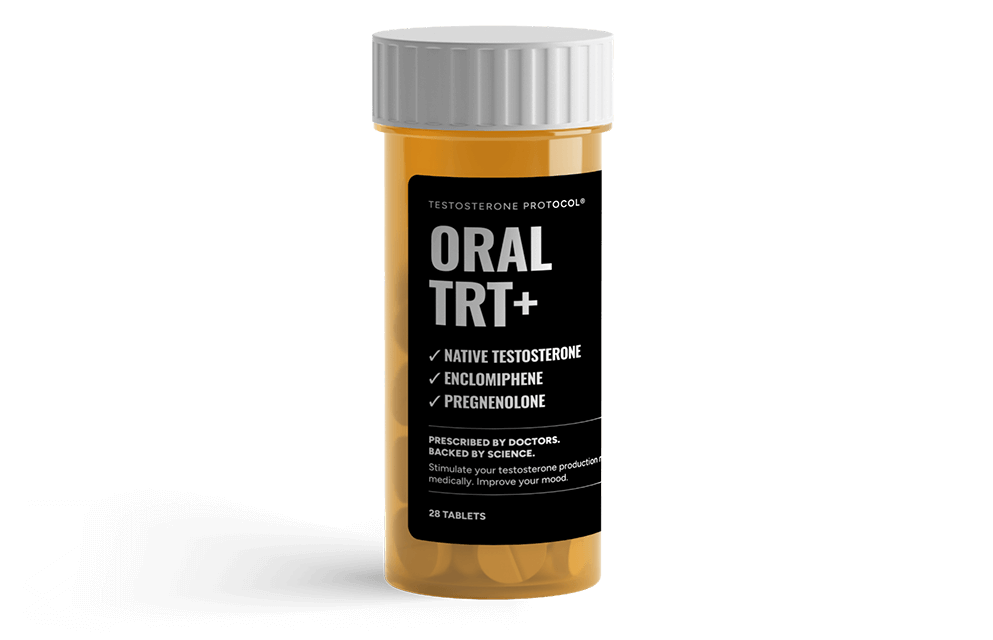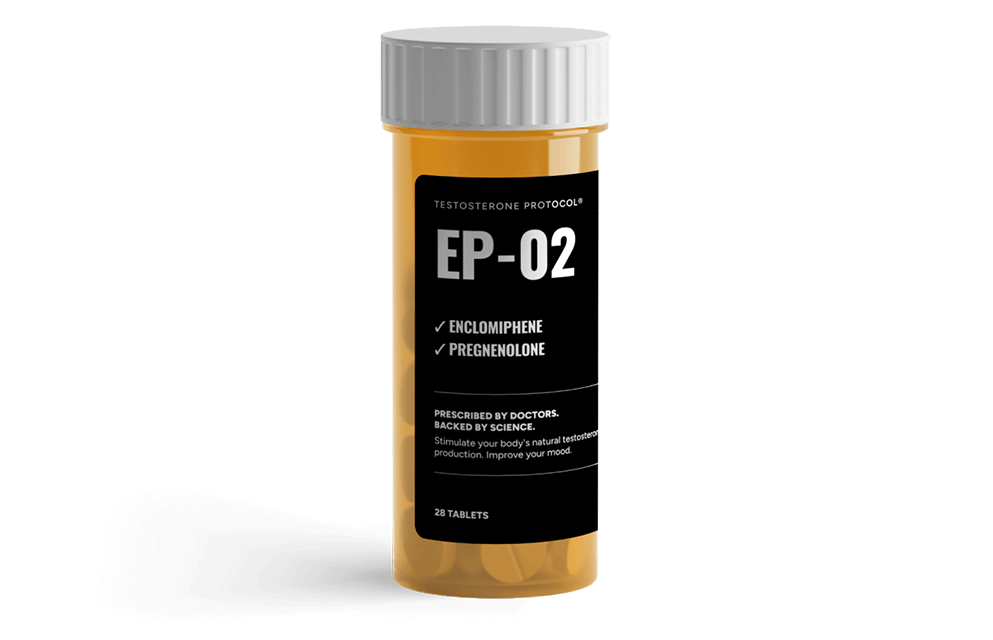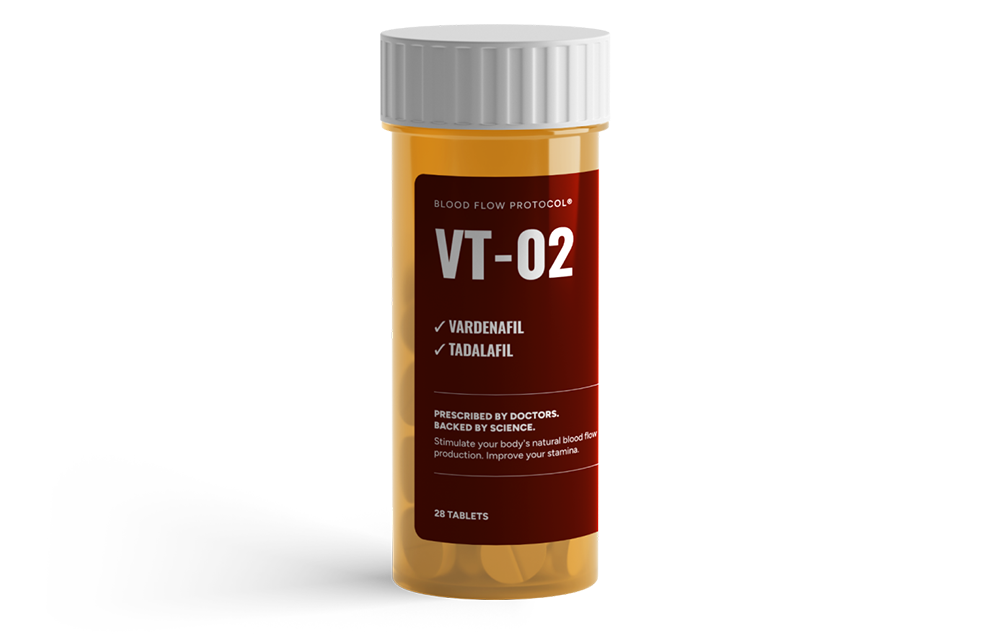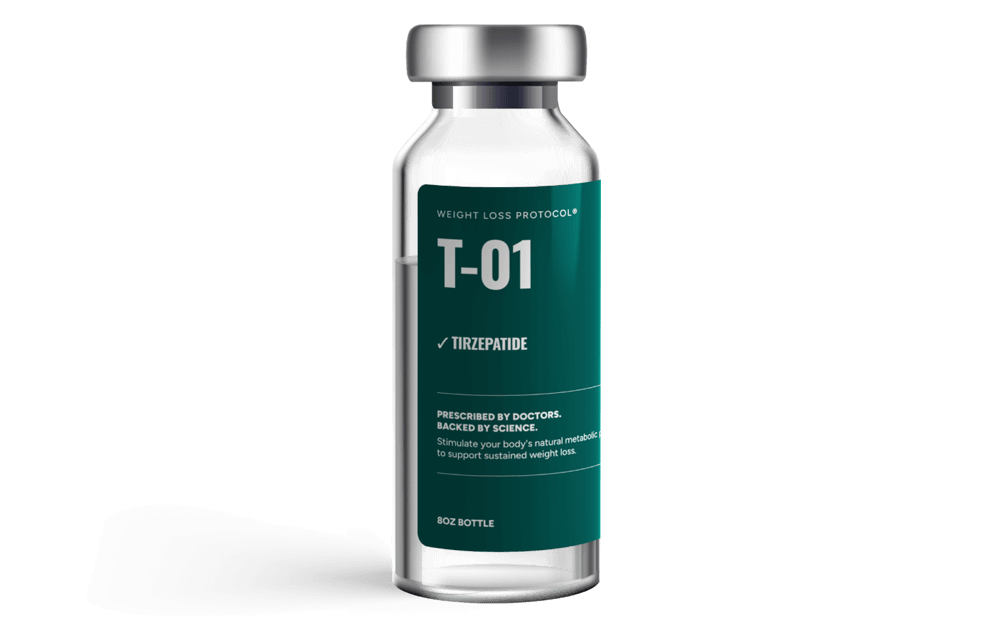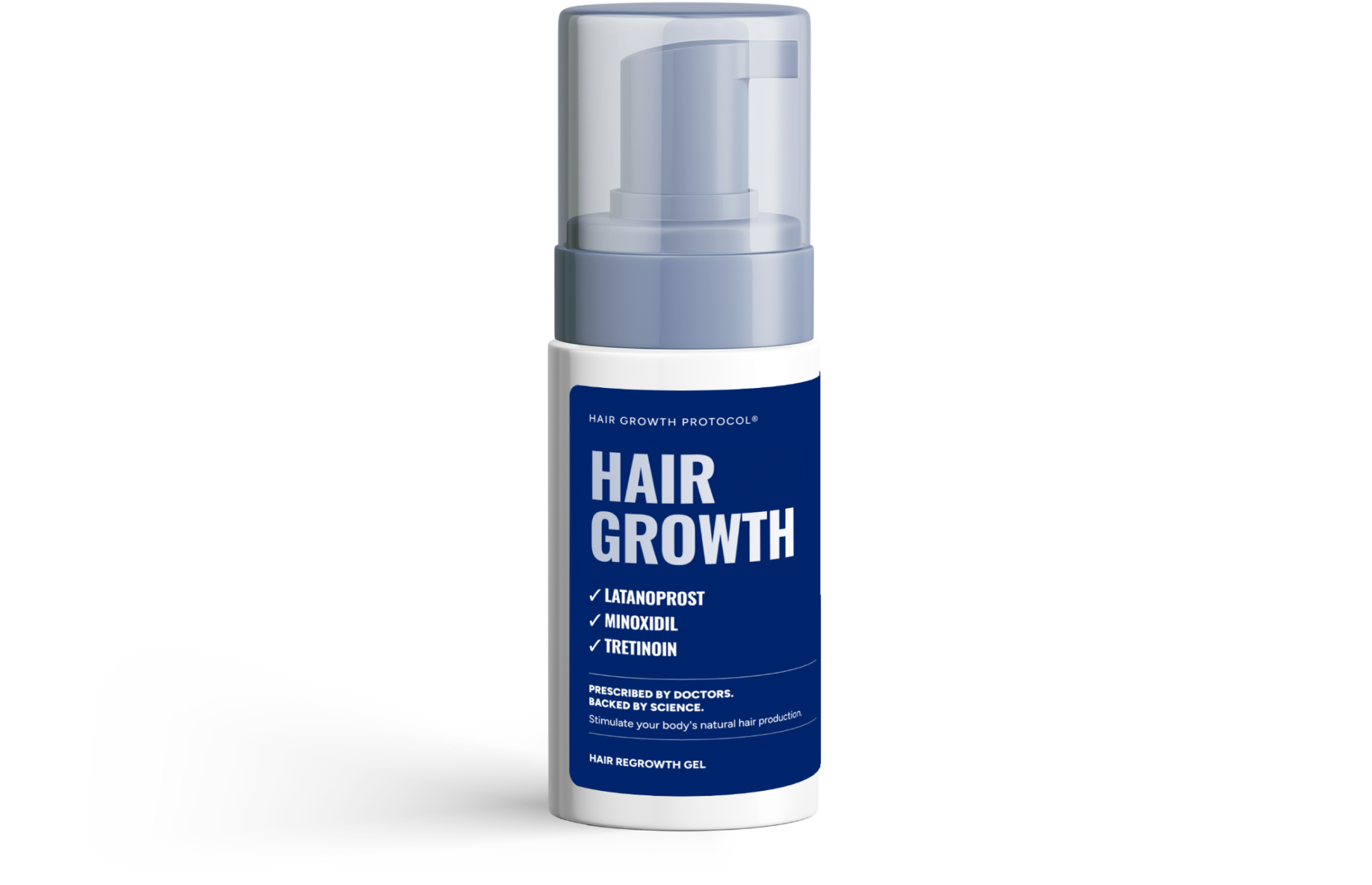Key takeaways:
- The decision to start TRT can only be determined between you and your doctor after a thorough medical evaluation, lab testing, and a careful weighing of the benefits and risks.
- Signs that may offer some clues that you’re a good candidate for TRT include: you are experiencing erectile dysfunction, persistent fatigue, low libido, loss of muscle mass, and depressive symptoms.
- Common low T symptoms may also be indicative of other health conditions, which is why a thorough medical evaluation is essential.
- Younger men considering TRT should be educated on how most forms of TRT negatively impact fertility; less invasive options are available, including Maximus’ Oral TRT+ Protocol, which combines oral TRT with enclomiphene to maintain fertility.
Did you know that 1 in 5 men between the ages of 15 and 39 have testosterone deficiency and might respond well to testosterone therapy? Many men don’t consider starting testosterone replacement therapy (TRT) unless they’re over age 40, even if they’re dealing with the telltale symptoms of low T like decreased libido, erectile dysfunction (ED), and fatigue. While it’s true these symptoms can also be indicative of other health conditions, and that TRT isn’t the only therapy for low T, the treatment should not be so quickly overlooked in younger men. It’s also important to note that some forms of TRT, such as injections, are associated with more severe side effects (like infertility); seeking less suppressive TRT treatments like oral TRT compounded with enclomiphene can help you benefit from TRT without compromising your ability to have kids.
So, how do you know when to start TRT? While the decision can only be made between you and your doctor after a thorough medical evaluation, lab testing, and a careful weighing of the benefits and risks, the following 5 signs may offer some pretty solid clues.
1. You have trouble getting or maintaining an erection.
If you’re wondering, “Will TRT help me with ED?”, it just might. Research shows that men who have low testosterone are more likely to have ED compared to men whose testosterone levels are normal. And numerous studies, including this 2009 study and this 2024 study, find that TRT improves erectile function in men with low T levels, whether the TRT was administered orally, topically, or injected.
Being unable to get an erection before sex can be an indicator of low testosterone, but is no morning wood a sign of low T as well? If it’s happening consistently, signs point to yes. Researchers have found a correlation between a loss of morning erections and a decline in testosterone. While occasionally waking up without an erection usually isn’t a cause for alarm, a total loss of morning wood may signal it’s time to check your testosterone levels to see if you should be taking TRT.
2. You’re tired all the time.
Low testosterone is associated with persistent fatigue, which is said to be severe enough to impair quality of life and well-being. This is likely due to testosterone’s ability to stimulate red blood cell production; red blood cells supply your tissues with oxygen, and oxygen turns into energy. Some research shows that young men with low testosterone may be more likely to complain of fatigue and low energy than sexual symptoms like ED.
This 2022 study found that treatment with TRT for more than one year significantly lowered fatigue severity scores. Other research has shown that TRT doesn’t just improve physical energy, but also “social energy,” which refers to things like motivation, confidence, and drive.
As suggested earlier, younger men with low T should always consider the risk of infertility when considering TRT and choose less suppressive options like oral TRT with enclomiphene over monotherapy like TRT injections.
3. You’re not in the mood very often.
Your testosterone levels and your libido are closely related. Studies show that men who report low libido have an increased probability of also having low T.
A review of research shows that when men are shown sexually explicit video clips, there’s increased activity in certain parts of their brain involved in sexual desire. Meanwhile, there’s also an association between higher T levels and increased blood flow to these same regions.
Some regions, such as the mediobasal hypothalamus and limbic system, have the highest concentration of androgen (male sex hormone) receptors. But there appears to be a vast difference between when healthy men view sexually explicit videos and when men with low T view the same videos. In healthy men, erotic visual stimulation significantly activates various parts of the brain, including the inferior frontal lobe, cingulate and insula gyrus, corpus callosum, globus pallidus, thalamus, inferior temporal lobes, and caudate nucleus. However, in men with low T, fewer regions are activated, limited to only the inferior temporal and thalamic areas. Interestingly, after starting TRT, MRI scans show that more testosterone results in more brain activity in the same brain regions that were activated in healthy men.
4. You’re working out, but not seeing any gains.
Does TRT help with muscle growth? There seems to be a lot of controversy around the use of TRT for muscle gains. But TRT should not be confused with anabolic steroids. While TRT is prescribed in modest doses to achieve optimal T levels (keeping in mind terms like “optimal” or “normal” are subject to interpretation), anabolic steroids tend to be taken in extremely high doses to achieve supraphysiologic T levels (this means the levels are above the normal range found in the body).
To understand how TRT improves muscle gains, here’s a quick rundown on how testosterone impacts your muscles. Testosterone boosts protein synthesis and slows down protein degradation by interacting with androgen receptors within your cells. These actions help your muscles grow and adapt to exercise. In resistance training, testosterone is seen as the main factor in muscle growth and strength, with T levels rising directly after a bout of heavy resistance exercise.
At the same time, low testosterone is associated with increased muscle loss with aging as well as increased fat mass. It makes sense then that TRT helps to increase muscle mass in men with low testosterone. But this small study also shows that TRT increases muscle mass (upwards of 20%) in men with normal T levels.
5. You feel irritable or depressed.
What are the benefits of TRT when it comes to mental health? Reinstating balance. It appears that both high and low levels of testosterone are associated with depression in men, so achieving normal T levels with TRT is the goal.
Some research suggests that testosterone may impact the structure and survival of brain cells in the hippocampus, which is a part of the brain that plays a big role in emotional processing. Male sex hormones like testosterone are also said to control various chemical processes in the brain related to the circadian rhythm (the body’s internal clock) and stress regulation.
Studies show that testosterone therapy may significantly improve symptoms of depression among men with low testosterone.
Who can prescribe TRT?
If you’re experiencing any (or maybe a bunch) of the symptoms discussed above and think you may be a good candidate for TRT, it’s essential to be evaluated by a board-certified physician who specializes in male sexual health. At Maximus, we’ll connect you with a doctor online who will work with you to determine whether or not TRT can help you achieve your health goals, whether that means going on TRT, trying an alternative treatment like enclomiphene, or enrolling in our Oral TRT+ Protocol, which is fertility-friendly and combines oral TRT with native testosterone and enclomiphene. Enclomiphene is a selective estrogen receptor modulator that helps your body make more of its own testosterone while maintaining testicular function and sperm production. The result is a 2-5x increase in testosterone and a significant improvement in low T symptoms.
The protocol includes comprehensive at-home lab testing, an in-depth review of your medical history, and a customized treatment plan based on your symptoms and your health goals. Find out more about how the Oral TRT+ Protocol works.
Disclaimer: The contents of this article, including, but not limited to, text, graphics, images, and other information, is for information purposes only and does not constitute medical advice. The information contained herein is not a substitute for and should never be relied upon for professional medical advice. The content is not meant to be complete or exhaustive or to be applicable to any specific individual's medical condition. You should consult a licensed healthcare professional before starting any health protocol and seek the advice of your physician or other medical professional if you have questions or concerns about a medical condition. Always talk to your doctor about the risks and benefits of any treatment. Never disregard or delay seeking professional medical advice or treatment because of something you have read on this site. Maximus does not recommend, endorse, or make any representation about the efficacy, appropriateness, or suitability of any specific test, products, procedures, treatments, services, opinions, healthcare providers or other information contained herein. Maximus is not responsible for, nor will they bear any liability for, the content provided herein or any actions or outcomes resulting from or related to its use.

